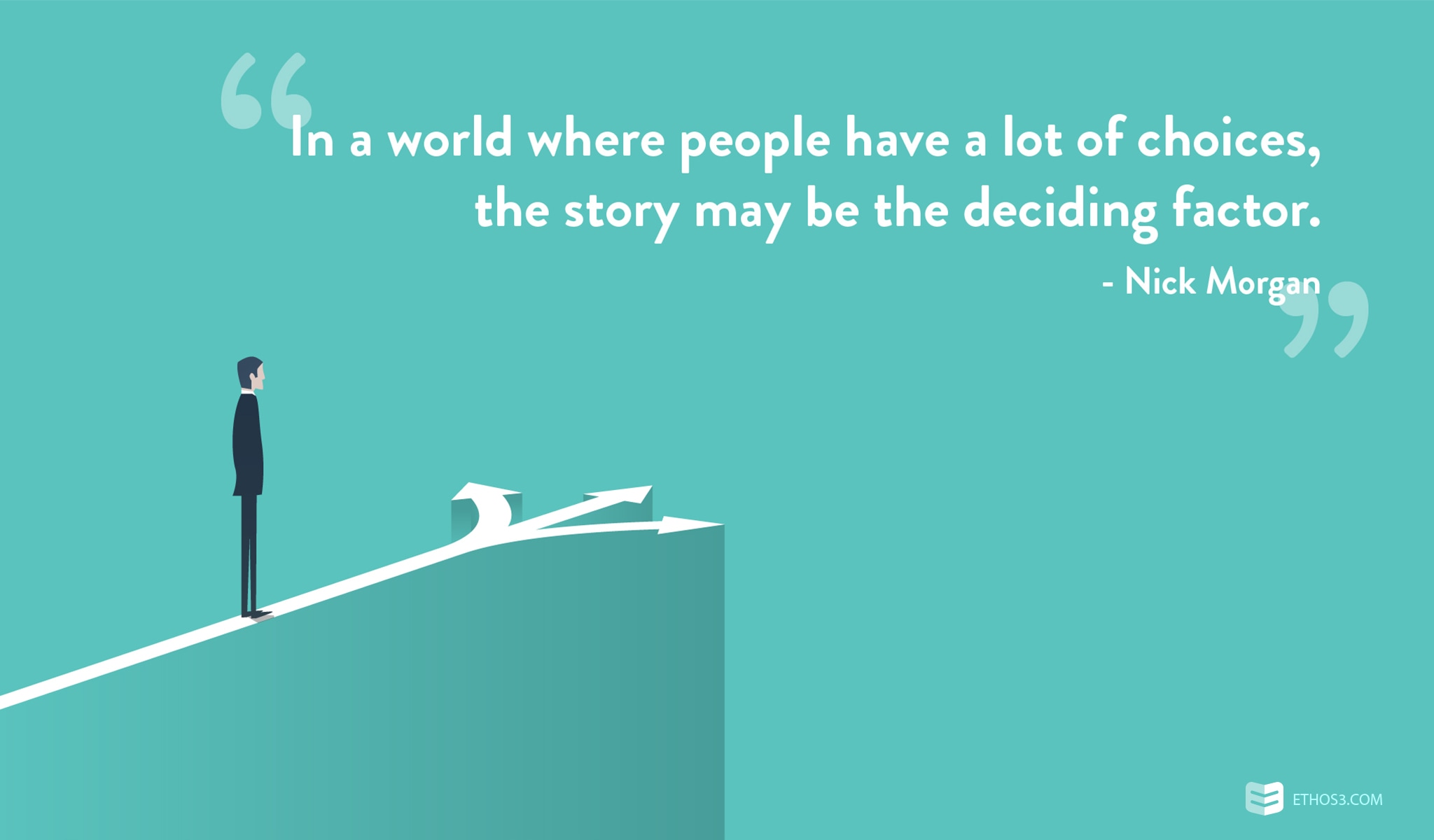Whether your company has been in business for 5 days or 15 years, remembering and conveying the sparks that ignited the fire fall to the bottom of priority lists. Despite residing in the shadows of our minds, the company origin story vibrates with waves of potential. Businesses with products and services that are mechanical in nature – like in manufacturing, engineering, and wholesaling industries – can lean on its storytelling function. It props your narrative up to reach new creative heights. Your company or organization origin story is an untapped well of marketing material. Maybe you didn’t realize its value. Or perhaps you have always viewed it as a red herring – a distraction from your messaging. With dedicated thought and some intuition, you can pull out the applicable elements of the story behind your organization’s founding and arrange them to inspire.

How to Tell Your Company Origin Story in a Concise and Compelling Way
Imagine you are the marketing manager for a company that produces plastic for baby toys. You are in the middle of creating a sales presentation and know you have to hook your audience from the start. Think, “why did the founders (or did I) create this company?” Then, expound on your initial thoughts using the tips below.
1. Let the truth lead you
Fabricating events or misrepresenting them will only harm your company in the long run. So, when you are crafting your company origin story, it’s best to focus on the passion part of your day-to-day operations. Hopefully your business was founded on something more concrete and meaningful than the ability to make money, so demonstrate your people-driven values during presentations and public speeches. Your story reveals your motivation. And the most captivating stories allow motivation to shine in the spotlight.
2. Create different angles
To tell a groundbreaking company origin story, assess presentations delivered by other folks in your industry and outside of it. By evaluating content production and message dissemination strategies popular in industries beyond your own, you could change the landscape and enhance audience size and engagement. According to a recent Entrepreneur article, Hubspot ditched the standard eBook format when creating their “2013 Year in Review” for a magazine-style asset. Innovation comes in many forms, so don’t completely rule out the potential researching a wide range of industries can have on your storytelling. And most importantly, keep your core company origin story original and broad.
On the other hand, also consider your varying audiences. Some audience groups will respond positively to a company origin story with a human-interest tilt. This is where your founder-focused stories will perform best. Other segments – possibly your more business-minded audiences – want to hear a story that projects company strength and capability. Instead of highlighting an individual or pair, emphasize a skill your company specializes in or a technology you’ve created.
3. Think theme over detail
As he watched the lanky teenager fumble with the plastic coffee creamer packet and spill it all over her Abercrombie & Fitch top, he thought to himself… There has to be a better way to add flavor to our favorite pick-me-up.
Although a fictional representation of a company origin story, the theme of simplification is clear. With a brief and minimally descriptive narrative, you can create a memorable story that can be repurposed and refined for various platforms and audiences. For example, I will never forget how Ethos3 CEO, Scott Schwertly, founded the company. Although he had always had a natural skill for delivering presentations, the possibility of using them to help others didn’t occur to him until he was sitting through a presentation about presentations for a previous corporate job. After watching the speaker disengage audience members, Scott knew he could provide more value to presenters. The theme of our company origin story? Empowerment.
Your story is your differentiator. It is an opportunity to communicate to consumers that while you may sell similar products and services than Company X, Y, and Z, your mission and purpose is solely your own. Your story is the fuel that powers every initiative the company begins. Using techniques including X, X, and X, you will be prepared to insert your company origin story into presentations, eBooks, Tweets, and any other platform you wish.
Storytelling Tips and Techniques from the Ethos3 Archives:
Presentation Storytelling Elements in Wonder Woman
The Psychology of Metaphors in Presentations
Storytelling Tactics: How to Make Your Audience the Hero
